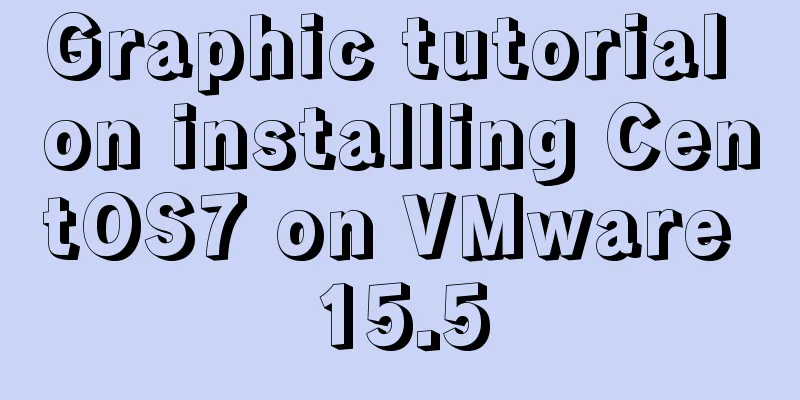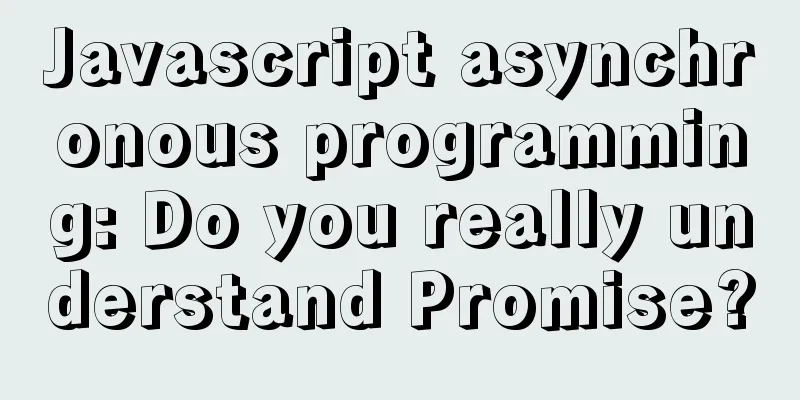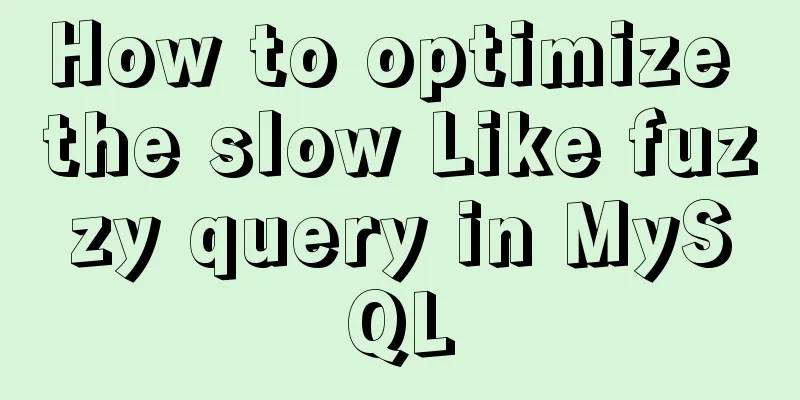Several ways to center a box in Web development

|
1. Record several methods of centering the box: #container { #container { #container { #container { CSS: button { The above is the full content of this article. I hope it will be helpful for everyone’s study. I also hope that everyone will support 123WORDPRESS.COM. Original link: http://www.cnblogs.com/likar/archive/2016/06/16/5590948.html |
<<: HTML5+CSS3 coding standards
>>: Use xshell to connect to the Linux server
Recommend
Mysql table creation foreign key error solution
Database Table A: CREATE TABLE task_desc_tab ( id...
How to recover data after accidentally deleting ibdata files in mysql5.7.33
Table of contents 1. Scenario description: 2. Cas...
How to configure jdk environment under Linux
1. Go to the official website to download the jdk...
Detailed explanation of MYSQL large-scale write problem optimization
Abstract: When people talk about MySQL performanc...
Detailed explanation of MySQL index selection and optimization
Table of contents Index Model B+Tree Index select...
How to use JS to check if an element is within the viewport
Preface Share two methods to monitor whether an e...
Detailed explanation of MySQL database (based on Ubuntu 14.0.4 LTS 64 bit)
1. Composition and related concepts of MySQL data...
Basic usage of custom directives in Vue
Table of contents Preface text 1. Global Registra...
Solve the problem that the element DateTimePicker+vue pop-up box only displays hours
Three knowledge points: 1. CSS descendant selecto...
A brief discussion on the differences between several ways of executing .sh files in Ubuntu
Preface Different script execution methods will r...
Solve the problem that vue project cannot carry cookies when started locally
Solve the problem that the vue project can be pac...
How to use Vue cache function
Table of contents Cache function in vue2 Transfor...
Analysis of the configuration process of installing mariadb based on docker
1. Installation Search the mariadb version to be ...
CSS3 speeds up and delays transitions
1. Use the speed control function to control the ...
Steps for customizing node installation to change the default installation path of npm global modules
I installed node to the D drive, and I also neede...


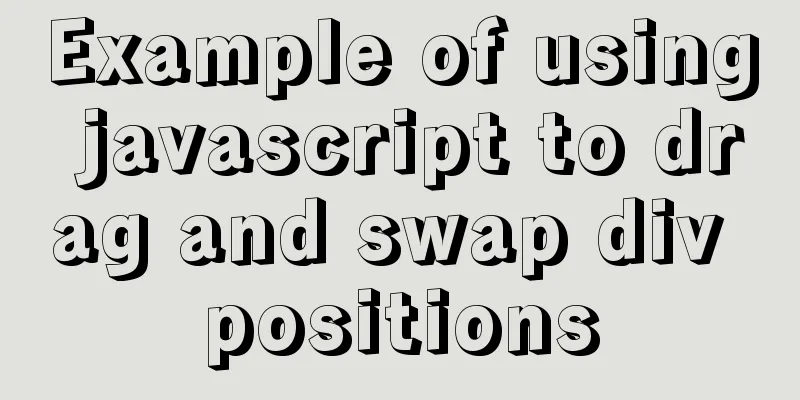
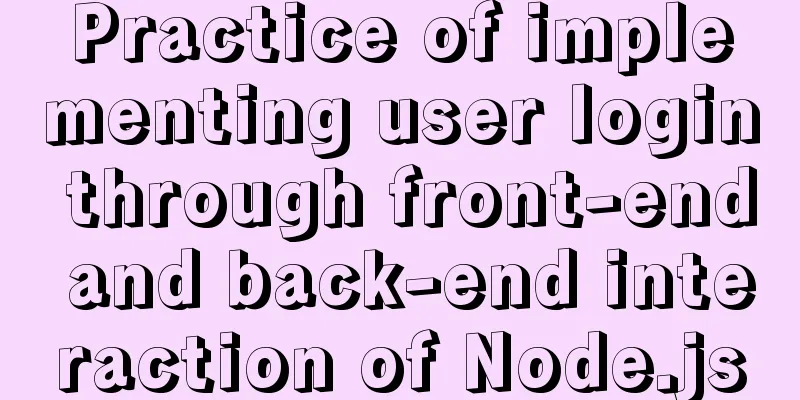
![12 Laws of Web Design for Clean Code [Graphic]](/upload/images/67cac706c91a2.webp)
